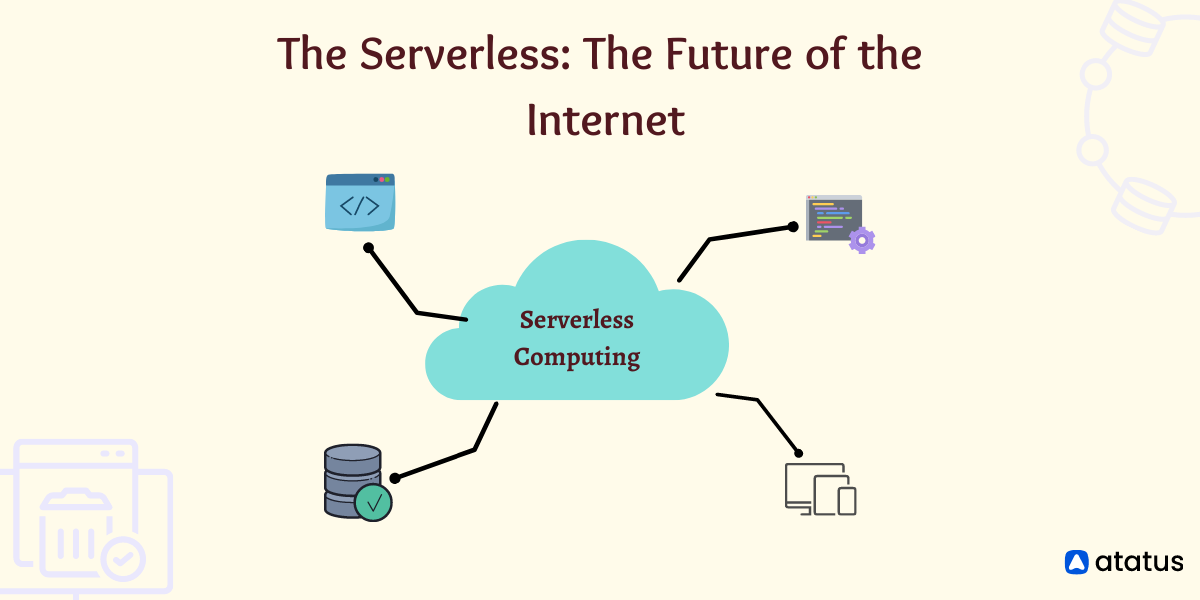How to build a SaaS application?
SaaS is a new trend that is transforming how companies manage their software. Today, SaaS is one of the most popular ways to deliver your software.
SaaS is cloud-based software deployed from a website and is used to provide software solutions at a cost lower than the price of traditional software licensing, including the ability to build and deploy a solution.
It is gaining popularity because of its ease of use and flexibility to be updated frequently. SaaS applications can be used for business and personal purposes.
Any size business can now offer their employees the benefits of cloud computing. This is without having to purchase expensive hardware or spend too much time and effort on maintaining, updating, and deploying their own IT infrastructure.
According to a recent study,
- It is estimated that 99% of organizations will adopt SaaS by 2022.
- There is currently an 18% annual growth rate for the SaaS market.
- Small businesses already use SaaS for 78% of their applications.
Discover the best practices for SaaS application development and other facts you should know about SaaS application development and outsourcing by reading on.
We will cover the following:
- What is a SaaS application?
- Things to be considered while developing the SaaS app
- Steps to build SaaS application
What is a SaaS application?
SaaS applications have skyrocketed in popularity over the last few years. These applications are now responsible for the majority of enterprise data processing.
The term SaaS stands for Software as a Service(SaaS). Essentially, it's ready-to-use software that's hosted and managed by the cloud, so you can access it through any browser or mobile app without downloading it locally. SaaS is also known as "on-demand software" and Web-based/Web-hosted software.
SaaS applications allow organizations to gain a competitive advantage and save valuable time, money and resources by eliminating the need to buy and maintain proprietary software, hardware and infrastructure.
Also, they are only available through a subscription model. Individuals or companies will need to pay a monthly fee for certain software, which can be used for whatever purpose they need.
The SaaS application market offers many types of applications. Listed below are some types of SaaS categories that may benefit your business processes and users:
- CRM Software - Customer relationship management (CRM) has become a mainstream buzzword in the enterprise world. According to Forrester Research, CRM is a key enabler of customer interaction, collaboration, and engagement, and it is recognized as the key to customer acquisition and retention. CRM systems provide a single point of access to customer data, enabling companies to manage revenue, churn, and customer engagement across different channels.
- ERM Software - The risk management process is the analysis and prioritization of these potential events that have to be addressed before failure occurs. The purpose of Enterprise Risk Management (ERM) is to manage risks to the organization by identifying and understanding potential risks, performing risk analysis, and choosing appropriate controls and response plans.
- Project Management Software - Projects can be complex and daunting undertakings, and it's imperative to have a well-organized plan to get them off the ground. Project management is the process of planning, coordinating, and managing project activities and resources. This can include the work on the development of a new product or implementing a novel process.
- Accounting Software - With the increasing number of organisations, there is a corresponding growth in the number of financial operations being performed. Managing your finances can be a time sink and a pain, but accounting software can make it easier. You need to manage the financial operations of your business, whether that be invoices, payments, or just tracking the cost of your company. Accounting software automates this process and makes you more efficient.
- CMS software - A content management system, or CMS, allows businesses to manage content on their websites. A content management system is used in all kinds of circumstances where one needs to track different content, including blogs, online magazines, or online businesses.HR Software - The human resources software you choose is liable to determine the efficiency of your employees, the speed of your projects, the quality of your projects, and your bottom line. A reliable software solution should make it simple to hire, train, and manage your workforce.
Things to be considered while developing the SaaS app
Prior to deciding to start a SaaS development project there are a few things you need to consider. It is imperative that you address, plan, and decide things beforehand before diving into the development process.
a.) Third-party integrations
An extremely crucial aspect of developing a strong SaaS application is its integration with other applications. Nevertheless, it is one of the most challenging, as applications have some limitations:
- Neither the data nor the functionality of other applications can be accessed.
- It cannot change the data or functionality of third-party applications.
- It cannot access APIs for another SaaS application.
Therefore you need an API that is robust for your platform. A robust API is what allows third-party developers to add new features to your platform.
One of the core features in SaaS application development is a payment gateway. Developers can build any kind of payment API, but they need time to research and design. Instead of building your own API, it is an easy-to-use payment system provided by Stripe, Paypal and other payment API systems.
Other third-party integrations include integrations with social media, CRM, Google maps, and so on. Integrate with these services and develop the most effective SaaS application.
b.) Multitenancy
Multitenancy in cloud computing refers to one vendor offering services to multiple customers at the same time. They may share resources, but cloud customers are not aware of each other, and their data is kept completely separate.
Benefits of multi-tenant software architecture include:
- Easy upgrades
- Cost-saving
- Supports multiple tenants simultaneously
- Easy maintenance
- Rapid deployment
c.) Scalability
The ability to scale is a vital part of the project's success. It could be anything from the application UI scaling to the ability to add new features for more users.
Scalability is the ability of an app to sustain the flow of customers or users. Scaling the application to handle more customers effectively and efficiently has always been an enormous challenge for many companies.
Building scalable applications is a very effective way to handle growth and avoid sudden spikes in network traffic. In the future, scalable applications will support increases in throughput and offer the most optimal conceivable user experience.
d.) Frequent updates
A successful SaaS platform requires constant updates. When your customers use your product, their expectations grow higher, so you must respond to their feedback and continue to update your application regularly.
e.) Minimal downtime
For your product's development to succeed, it must remain available uninterrupted. In the event of an application issue, your company faces a major crisis, and your customers might leave within seconds.
If you want to provide your customers with the finest service, your application needs to be available anytime, anywhere and on any device with no performance bottlenecks.
Additionally, you can identify the downtime, latency, and availability of your SaaS application using third-party tools such as Atatus, Stackify, Appdynamics, etc...
These observability platforms allow you to quickly and easily detect performance-related issues and resolve them before they negatively affect your customers.
f.) Security
Cloud-based solutions pose unique security challenges, particularly for security. There is a growing need to protect internal and external information as the word "security" gets more attention (because of hackers and breaches).
As a result, developing effective security protocols and implementing service level agreements have become increasingly significant for companies.
Here are the five easiest ways to improve the security of your SaaS app:
- Manage access to sensitive information
- Keep your users' data secure by encrypting it.
- By using secure authentication practices, you can verify and secure information like the login credentials of your users and employees.
- Always prepare for potential attacks from hackers who are always looking for gaps in your security system.
- Make sure you have a backup plan to recover your data securely.
g.) Client acquisition
It is vital for a company to have a customer acquisition process in place, which ensures that the company is actively bringing in new customers. In simple terms, it is nothing but gaining new customers.
This is one of the most important considerations when building a new SaaS application, and you will need to decide which inbound and outbound strategies will help you reach your target audience.
Steps to build SaaS application
A lot of people don't know where to begin when it comes to developing a software-as-a-service application. In this guide, we outline a few ways to get started.
#1 Market research
Market analysis is a critical aspect of any business development initiative. Often, a company will start with the creation of a product, when the real goal is to learn and understand the underlying needs of the market. To successfully execute, one must be familiar with the market, the industry, and the way it operates.
Market research is necessary to determine the current market, the target market, and the competition. Researching the client's requirements and expectations will help you discover their needs and expectations. A competitor analysis will help you determine what your competition is doing and the extent of their growth or decline.
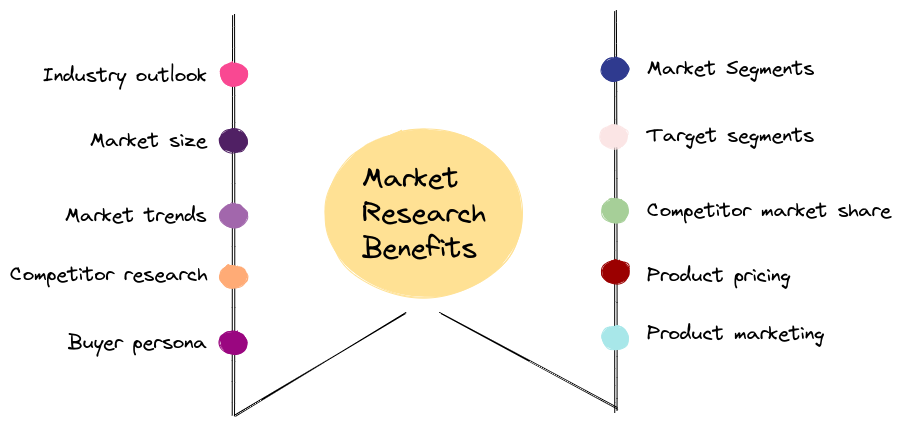
The goal of a market researcher is to discover the needs of customers and to create. Effective solutions for improving the company’s products and services.
Ask yourself the right questions, such as:
- Who is your target customer?
- Who are your target competitors?
- What business models do they adopt?
- What unique features do your competitors offer to the target market?
This will let you know the requirements for your SaaS app development and also create a description of the target market for further development.
Microsoft's Zune provides an excellent example of a wonderful product with poor marketing. A product that failed spectacularly against its rival, the iPod, is etched in history.
By analyzing the market, you will learn about the business opportunities and determine which are more suitable for your company.
As a result, you will understand how to develop a SaaS application that is in demand and develop strategies.
#2 Define SaaS requirements and plan your business strategy
Product requirements merely represent a collection of documents describing how a SaaS product will be, what it is, how it will work, and who will be using it.
To provide an overview of the SaaS application and its specific features, begin by developing a basic product design and features overview document.
Here are the documents you can create before developing your product.
- Design Overview
- Features set
- Real-time use case story
- Challenges, pain points and its solutions
- User stories
Business plans outline a roadmap for your software as a service product development.
- Determine your Unique Selling Point (USP).
- Ascertain your subscription plans, product updates, and other revenue streams.
- Identify the precise pain points of your customers so that you can offer them with a solution in your product.
- List the basic goals you'd like to accomplish during the organization's first few months.
Plan your SaaS pricing strategy and decide which features should be offered for freemium pricing model for a certain period of time.
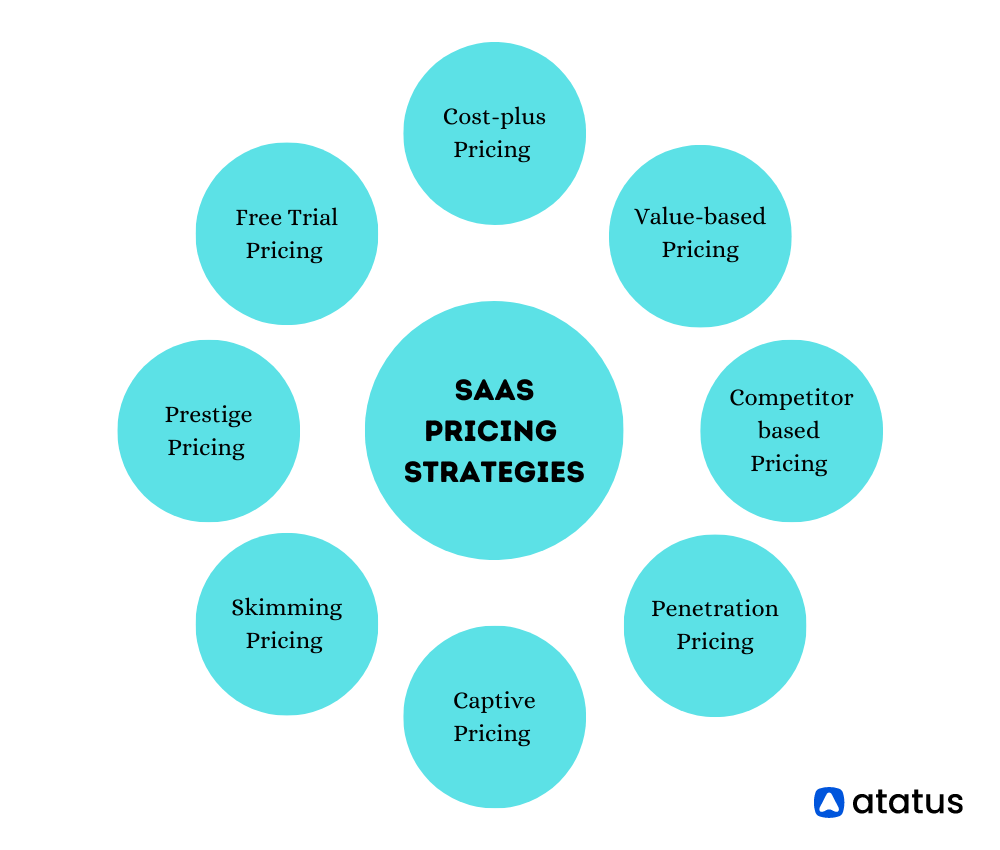
The site owners then earns money through converting free users to paid users by offering an advanced set of features for a one-time or recurring fee.
The best way to bring in customers is to offer them a free trial period.
#3 Finding the right technology and Cloud Service Provider
Finding the right technology stack to utilise in your SaaS application is key to building a better SaaS product.
Technology stack???
Yes! You heard it right. It is the mix of programming languages, tools and frameworks that is used by developers to produce your SaaS solution is referred to as a technology stack.
These SaaS development tools and frameworks are used to build the application’s two primary components: the front-end and the back-end. There is another component called the middleware which supports these two components.
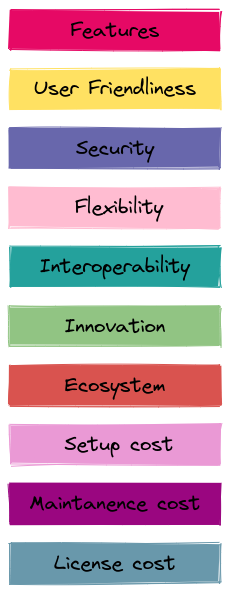
a.) Front-end
User interfaces are the parts that users see and interact with when using SaaS development services. Front-end functionality is typically comprised of three elements:
- HTML - It allows developers to format a web page's content in accordance with the structure of HTML(HyperText Markup Language).
- CSS - Cascading Styling Sheet(CSS) helps you create an exceptional looking web page. HTML and CSS are used together to modify the appearance of web pages and user interfaces.
- Javascript - JS is both client-side and server-side scripting language which makes your website more interactive and allows you to implement complex features in your web pages.
Check out the best JavaScript frameworks and libraries in the market here. - Typescript - Typescript is a superset of Javascript and statically typed programming language like C# and Java which can be accessed via any browser, host or operating system.
b.) Back-end
The BTS (Behind The Scenes) functionality in a web application is handled by the back-end development. The code includes everything necessary for adding the database, server, and application.
The back-end technologies can handle everything from database migrations to API integrations to setting up server-side technologies that make a website tick.
The following are some of the most popular languages used by top organizations:
- Java - It is the best option for building mobile apps since it is scalable, supports multi-threading and has enhanced security options.
- Javascript (Node.js) - It allows both frontend and backend code to be written with the same syntax, reducing developer workload substantially.
- Python - Very easy to learn, contains IoT features and is cost efficient. With strong community support, it's an amazing language for machine learning projects.
- Ruby - Like Java and Python, it has a similar syntax. If your application contains a lot of automation, you can use this language.
- PHP - It is the most widely used language for server-side development. It has an easy to learn interface that is excellent for beginners. It is versatile, secure, and contains a strong community.
The above are server-side languages that you can use to develop your application. In order to store and retrieve data, you will need a database.
Some of the popular databases include MySQL, PostgreSQL, SQLite, MongoDB, ElasticSearch, Oracle, MeiliSearch and Redis.
Popular backend frameworks to be used are Express.js, Django, Spring, Flask, Laravel and Rails.
c.) Cloud Service Provider
Cloud services are becoming more common, and they can be a great way to save money and time when you need to access data or create a network. Cloud service providers (CSPs) offer a wide range of cloud solutions for building, managing, and operating businesses.
Below listed are the top cloud service providers used by many top organizations.
- AWS - With over 200 integrated features and services, Amazon Web Services (AWS) is the world's leading cloud vendor. It is the most safest and protected platform of cloud service.
- Microsoft Azure - With Microsoft Azure, you can deploy, plan, and manage applications across a global network.
- Salesforce - CRM, marketing automation, and sales are just some of the features that Salesforce offers. You will be able to adopt a data-driven approach to your business using their suite of customer relationship tools.
- Google cloud - In addition to storing live data, Google Cloud Platform offers an integrated storage option for developers and enterprises. This service is available with a free trial, as well as various flexible payment plans that are Pay-As-You-Go (PAYG).
- Digital Ocean - This service meets the needs of developers who want to run multiple applications simultaneously. Digital Ocean is the third-largest hosted service provider in the world, offering two primary products: compute and storage.
#4 Build a team
The next step in building the SaaS product is finding a good developing team. Products that are offered as SaaS are typically distributed over the cloud. In web applications, data is often manipulated, other web services are consumed, and information is rendered in the browser. As a result of these characteristics, developing your SaaS product often requires a variety of skills.
To be effective, your team should include the following members:
- Business analyst
- Designer
- Software developer
- Quality assurance engineer
- Project manager
You can also hire the in-house team or hire an external outsource and a dedicated developer who can strengthen your team.
#5 Go ahead for an MVP!
The Minimal Viable Product (MVP) is a great way to start a new project, especially if you don't have a full-blown product yet.
It is the trial version of your application with the minimal feature set. MVPs allow you to gather feedback from customers and to see if they will willingly pay for your product.
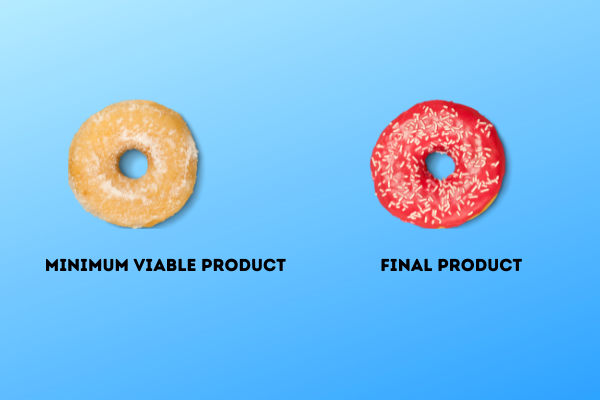
Your MVP should make people say, "Wow, I can't wait to use this." Customer pain points should be solved, and if they leave with a smile of happiness on their face, you have won!
In addition, MVPs are built with a minimum budget, so you can test how the market responds to your product without incurring heavy costs. At this stage of the product development cycle, it is possible to alter the way you develop your product or the technology stack you use.
Benefits of MVP:
- It lets you get immediate feedback from users.
- Validating your product idea becomes easier.
- It assists in confirming market demand.
- This allows you to prioritize development features for future stages.
#6 Test and implement changes
Upon releasing the MVP, collect feedback from users. Here you can easily change your product, a feature, or architecture.
It will save you time, as well as make your application more attractive to users. The group you choose for proof-of-concept testing may later become early adopters of your app.
#7 Start developing your product
As part of our SaaS development, we are now in the final phase.
You now have a crystal clear vision of the requirements and to fulfil your vision, you have assembled an amazing team of professionals and chosen the best technologies for developing SaaS applications.
With agile development methodologies like Scrum or Kanban, the development process can be streamlined and accelerated while still adhering to specification guidelines and ensuring quality.
Furthermore, integrate QA testing in every aspect of your software development lifecycle to ensure your product performs as expected.
Be sure to stay close in contact with your teammates to ensure that you are building the correct feature and meeting all the required requirements.
#8 Launch marketing and sales
We at Atatus were behind our competitors in marketing because we didn't begin it sooner.
Indeed! You've heard it right.
As marketing is one of the most important aspects of SaaS products, your SaaS app should be built concurrently with marketing so that you can easily build brand recognition and make users anticipate the release.
Dropbox, for example, built a browser landing page (as we mentioned earlier) and promoted it through social media, leading to the collection of 70,000 email addresses!
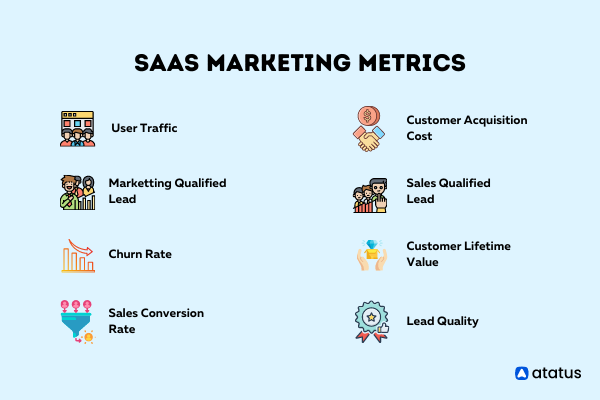
Below listed are some of the social channels through which you can promote your SaaS product:
In addition, you can also build a mailing list so that you can send a cold email to CEOs and CFOs informing them of your SaaS product.
As a result of these actions, run marketing campaigns, estimate the related costs, and adjust your marketing actions as needed.
Drive traffic to your SaaS product by running both free and paid campaigns on the respective social media channels.
#9 Analyze performance
To fine-tune your SaaS product, you should monitor it consistently for bugs and errors. Monitor your entire product with monitoring tools such as Atatus, Appdynamics, Stackify, Dynatrace and much more to analyze the performance.
With Atatus, you will gain the full observability of your product. You can easily find out the precise pain points of your customers and the performance bottlenecks that impact the end-user experience.
Atatus offers:
- Application Performance Monitoring
- Real User Monitoring
- Synthetic/Uptime Monitoring
- Infrastructure Monitoring
- Logs Monitoring
- Error Monitoring
- API Monitoring
Be aware of all errors in your SaaS app and resolve them as soon as possible to deliver the best product.
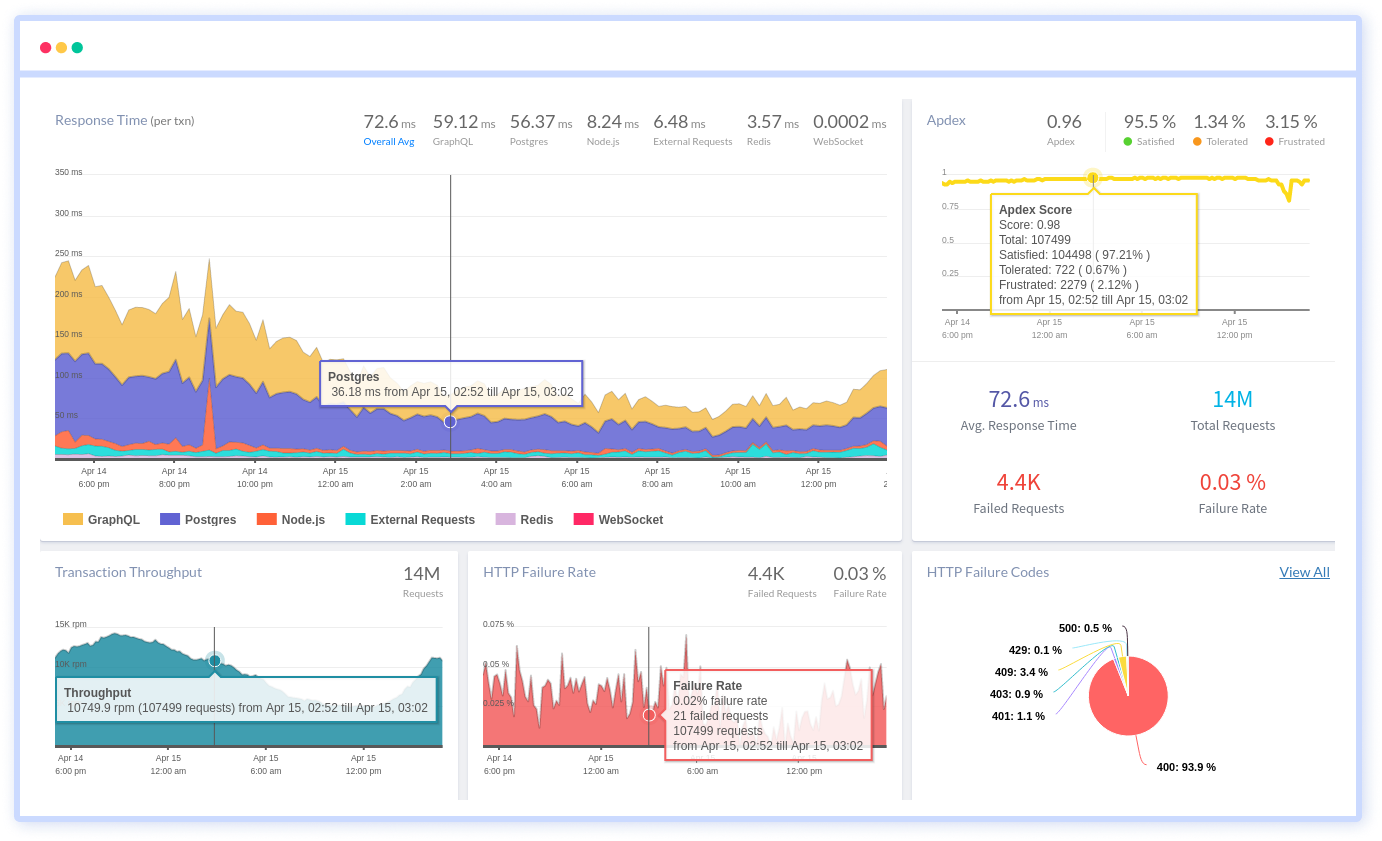
#10 Release and maintenance
Upon completing all phases of your product's quality assurance testing, you can then release your product to the final testing phase of user acceptance testing.
The final version of your SaaS application can be released. This is not the end of the process. Besides updating your app regularly, you must maintain and identify the challenges that your customers face.
Final Thoughts
In conclusion, to build a Software as a Service(SaaS) platform,
- First, you must define your specific business needs and create a business case for your project.
- Second, come up with a detailed project plan and a detailed project budget.
- Third, identify the right technology to build your SaaS app.
- Then, you need to find a project development team with the experience and skill sets.
- Build a proof of concept with a minimum viable product as a trial version for your customers.
- Finally, develop your end product and release it.
Building cloud-based solutions are more appealing than ever. However, web app development is not without its challenges and the future of cloud-based apps looks brighter than ever.
The road ahead in developing your SaaS app will not be easy. You'll need to be intensely focused and diligent. However, if you follow the steps above and find a talented developer and designer, you will be able to get your SaaS business off the ground.
The benefits of the SaaS model are clear, and strategically it's a smart move to reduce IT costs. In order to build a successful SaaS platform, it must be proactive and responsive to changing market conditions.
The platform must be able to support the needs of customers and seamlessly integrate with other systems. These features are what will lead to a successful SaaS platform.
I hope this article has provided insights into SaaS platforms and creating and managing them. I encourage you to take a deeper look into the various platforms available to see which are right for your organization before start developing your application.
#1 Solution for Logs, Traces & Metrics
APM
Kubernetes
Logs
Synthetics
RUM
Serverless
Security
More




